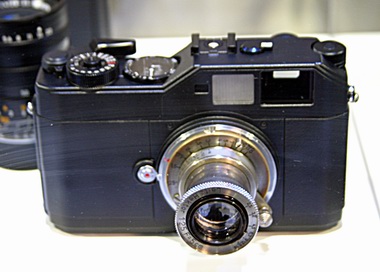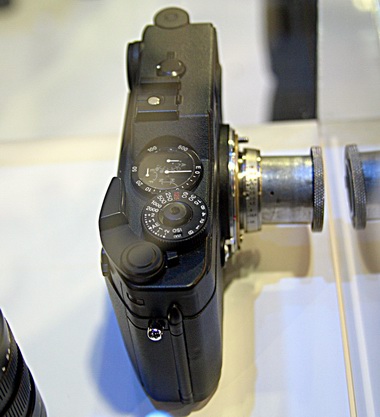L
lars
Guest
Not sure if this is the correct forum for this thread but check out this page:
http://www.itmedia.co.jp/pcupdate/articles/0402/13/news003.html
Apparently, Epson is showing a digital rangefinder (mock-up or prototype, I don't know) at PMA. This is a huge surprise, I didn't know anyone was working on it, with the exception of Leica, and they made it sound like they wouldn't have anything to show for at least another year.



I'm sure this probably offends some of you film die-hards.
😉
Personally, I like having more options.
...lars
http://www.itmedia.co.jp/pcupdate/articles/0402/13/news003.html
Apparently, Epson is showing a digital rangefinder (mock-up or prototype, I don't know) at PMA. This is a huge surprise, I didn't know anyone was working on it, with the exception of Leica, and they made it sound like they wouldn't have anything to show for at least another year.



I'm sure this probably offends some of you film die-hards.
😉
Personally, I like having more options.
...lars

